Of course, I am aware that I am not invincible, despite the armor that I religiously wear—garments emblazoned with strange words like “Kevlar”, “Goretex”, “CE Level 1 (or 2)”, and “DOT Certified”. Like charms or tinkling milagritos, they enveil me in a story of protection. This helps me, because I am not brave.
And so it was that we snapped our last selfie along the PanAmerican highway at its official terminus, alongside boats that would be repainted and cajoled into service until their planks would seal out sea water no more. Someday, we would find the film we shot that on last day, when we hopped the watery gap between the deck of the Famiglia Santa and the dock once and for all, and heaved shut its “sliding” red door behind us.
“Our life together continued to be an exercise in the economy of movement. We sipped quietly from separate collapsible silicone cups, a luxury, but dipped our titanium sporks into the same cooking pot. We shared so much. Nearly everything.”
We had traversed Colombia, Ecuador, Peru, Bolivia, and Argentina without seeing a single one, as I had gone without the dark, shaggy anteater; as had Nathan without the python, except in a dream. For the most part, though, we had made our peace with the shadowy places in our imaginations where it seemed they would stay, lumbering, slinking, coiling and uncoiling, just out of sight.
While our bodies felt solid and were sensate to the warm, cheerful ambiance of the restaurant, our spirits seethed, frothed, pounded against the cracks of our beings. If we had somehow been made less substantial, we could be everywhere at once. We could roam without end. It was as if all the anguished whys and whats of childhood were close at hand; we guarded against the kinds of tears that adults learn not to shed. Why do I have to go to bed? Why can’t I live forever? It was hard not to look at each other in the eye, for we knew what we’d see there. I don’t want to go home.
The next day, we beheld the bubblegum blue of the glacier. We felt numinous and expansive in its presence—had we encountered any other blues in nature which could match its intensity? We counted off the resplendent quetzal, the blue morphos butterflies of Central America, and the papagayo feathers we found in Yasuní, the protected territory of Ecuador’s Amazon forest. Yes, there were a few solid contenders. But what a marvelous mental rolodex to carry around!
Ah! Now, look here, said the butcher. You want bife.
It would prove a vitally important term for us. Bife, though a thin and cheap cut, was also ridiculously tender and flavorful. As the butcher handed over my paper-wrapped bundle, his approval of our vagabond dinner plans was obvious—mere parody of the sacred Argentine ritual of parilla though they were. But it seemed to me our official welcome to the country.
We had grown so used to consequences that we no longer questioned choices made on a whim. And the open iOverlander app showed us the tantalizing coordinates of an azure-colored waterfall in the middle of this high elevation desert. The officer nodded, observing us amusedly.
Bueno. Just make sure you sleep on the Chilean side. Chuckling, he clomped back indoors.
The dirt roads had proven very manageable thus far. And we certainly could make it in the light we had left.
In all the llama skulls and seal scapulae, I've witnessed Nature allowed to take her full course, unabashed and without remorse. Sometimes—copper contamination aside—bones uncared for and un-grieved for are the closest one can get to beholding the pure wild, a state of being in which nothing can be considered lost and nothing can go awry. Everything that is goes it’s merry, frightening, harsh, nurturing, grotesque, and awesome way. And in these moments, it’s my own wonder, too, that I behold. Not the absence of an answer, not a faltering tongue in the face of the indescribable, but an invitation to be still, to receive, and to be filled. Nothing I behold in wonder gets left behind. And so, this is the relic—life, unrepentant life; my own, glowing back at me from the blue, porous bones. I curl my fingers around it.
Our minds wheeled and sputtered in the blankness, on ground that was neither soil, nor sand, nor snow. The adjectives we had brought with us were not adequate here. Lunar. Martian. Salt of the moon. Salt of Mars. No, they would no longer serve us. For the salar has long glittered underfoot fantastic, yet fathomable creatures—elegantly proportioned vicuñas, fluorescent flamingoes. It has long been mined for minerals commonly used—salt and boron, and now, lithium. And so, somehow, this place was of our world also, of our home.
I was able to inhabit a space I literally had never imagined, and with that, was empowered to ask questions that had never occurred to me to ask. Certainly, it’s important to behave respectfully as you look, but choosing not to look away is equally important. Where one can afford the risk, it’s important to walk the muddy halls you are invited into, to eat the strange food shared with you, and to listen to the stories that people are willing to tell.
I looked ahead, over the handlebars I gripped slightly too tightly, over the analogue instrument panel and the black plastic fairing, over the dusty, unmarked, and unpaved tracks that snaked in a slow wave from the left to right to left to the horizon. There was no road there, per se, though thousands of people undoubtably made this punishing trip every year, each following his intuition or experience to point his Toyota Landcruiser with his six or seven cramped and nauseated passengers down this or that rut.
It has been a while since we put out a video. We have been shooting tons of footage, but in Peru and Bolivia and even Chile the internet was not great and we rarely stopped long enough to spend any time editing. But as we have been stuck in beautiful Mendoza, Argentina getting the bearings and forks and tires sorted out, I had time to put together a little visual update of the roads we have been riding. Enjoy!
The leathery swish-swish of padded, camel-like feet over cobblestones, of the alpacas led through colonial Plazas de Armas, adorned in tasseled harnesses of fluorescent yarn for photo-ops. An elderly man shuffling towards a marketplace, pausing in the street to shake and shush the old, chittering sack of rice he carried, which he has filled instead with indignant and bewildered guinea pigs. The scent of the earth snaking out from the dark mouths of the copper, silver, and gold mines that gape throughout the Cordillera Negra, telling such stories as So Many Millennia of Detritus and The Birth of Minerals. I am so lucky, I would think to myself, for I don’t ever have to embellish. I never have to cast a wide net. How completely these stories have floated down into my gloved hands, the work of them having already been finished.
He outpaced me. At my approach, he did not bark or chase me, as is the practice of his species. He did not nip at my boots as the fanatical dogs do. Instead, he shot off like a rocket on his four legs, quickly outpacing me down the mountain road. He sprinted without tiring until he was a brown and white speck barely visible in the distance. I regretted that I could not give him the competition he so clearly relished. He was a canine alone among sheep and llamas.
As we pitched our tent and lay out our belongings, we spotted the familiar apparatus of Amazonian ayahuasca ceremonies—a Jaguar skin hung on the wall, bundles of dried, raspy palm, a melodica and a drum, a tupperware container full of the dark ayahuasca extract—jumbled among stacks of beer bottles and other recycling, painting supplies, and an assortment of rubber boots for guided treks into the nearby subterranean caverns. For a moment, I had the sinking feeling of having peeked behind the red curtain in the Theater of Healing, of having seen the great and powerful Oz in all his disappointing smallness.
Sometimes movement seems like an end in itself. For the first time in months, I saw a highway stretch out flat before me, the wind lashed my face and tears welled up in my eyes, the needle on the speedo bounced up to 80 mph. We had chosen to cut Westward from Cajamarca, Peru to the coast where the roads are straight and flat, where we could make up some time by bypassing some noodly mountain roads. There will be plenty of mountain roads in the future, why not get a change of scenery. Change itself came as a relief. After several days of hard riding through unpaved mountain roads from Ecuador across into Northern Peru, up steep muddy climbs, through razor-sharp switchbacks, on cliff-edge trails, after dropping my bike three times, and almost running out of gas, the coast sounded like the break that we needed.
It begins again. After nearly six months in Colombia, Diana and I hit the road. It was bittersweet to leave Bogota, a city that we had come to feel was home, but we were excited to start traveling again. We arrived in Bogota feeling a bit battle worn. Horace, our trusty motorcycle, had just broken his flywheel in two and this after he burned a hole in the alternator stator in Guatemala, and, less severely, but still fatiguing, popped a tire in Nicaragua. Mentally, I needed a break. South America was a giant on the horizon, and I was doubting my abilities to face him.
Non-average apparel to fuel your adventurous spirit! I am excited to announce that we launched the Two If By Land store! From the beginning, I wanted to combine my two passions, motorcycling and graphic design, for Two If By Land. And here it is.
The constant juxtaposition of the old and the new here. Nuns in full cream and black habits glide past heavily graffiti’d walls. Hip restaurants, crowding in amongst the ubiquitous fruterias and salones de onces, offer Colombian interpretations of high-low cuisine—waffles, mac n’cheese, and artisanal burgers. At small batch coffee roasters, principled baristas proffer beans ground to order to your olfactory organ before brewing.
Three months after arriving in Colombia, we finally finished editing a short Central America video.
What do you need to know before pointing your tires towards Central America? Last summer, we scoured the internet for basic pertinent information on riding south of the border. We honestly didn’t know a lot about the area beyond the infamous corruption, crime, and poverty. While there are plenty of guides for backpacking travelers, there were a number of questions pertaining specifically to motorcycling for which we struggled to find answers.
From the moment the bike was announced, I was smitten. In its graceful profile I saw an unabashedly romantic motorcycle that embraced the aesthetic simplicity of the golden age of machines that hadn't yet been given minds of their own. It harkened back to the early days of adventure motorcycling, when BMW was just beginning to experiment with setting a big bike loose in the sand dunes of Dakar. Then, the motorcycle was a humble beast and the rider, her master.
Truth be told, women have long been rolling up their sleeping mats and climbing on motorcycles and bicycles and sailboats and airplanes and horses and pogo sticks and adding their voices to an adventure genre that is nevertheless dominated by the voices of men. I've had the honor of sharing coffees and couches and swimming holes and mountain roads choked with dust with many of these women. I live in awe of them, and I think it's fair to observe that they, along with most women, are accustomed to the act of keeping many spinning plates in the air.
Wasn’t this one mistake enough to worry about? And why had I come here if I had already decided that it was hopeless? There’s no way to talk about this without sounding cheesy. But it was true. There was no point in being there⎯⎯in putting a whole sea between myself and my companion⎯⎯if I didn’t manifest the belief, in my thoughts as well as my actions, that I would achieve my goal.
I am currently slogging through our hours of footage from Central America. I hope to get a video together for your viewing pleasure in the next week or so. But in the meantime, I cut this short teaser of Guatemala’s Volcán de Fuego erupting.
So, now that we’re all tucked in and waiting for winter in Patagonia to pass, I suppose it’s high time I tell you the story of “Our Last Night in Nicaragua and the Pig”.
For our third and final installment in the Darien Gap miniseries, I present the video edition. Maybe this will give you a little bit of a feel for what our voyage was like, although I guarantee there was more sea sickness than is shown in the video. Enjoy!
We never entertained the formidable challenge of crossing the Darien Gap overland so we had three options to get to Colombia.
The Darien Gap, “the world’s worst roadblock”, is sixty-six miles of untamed jungle isolating South America from Panama. Despite the continuous landmass that forms the American continents, only the brave and the foolish can cross it entirely by land and without the help of boats or planes.
The cause was unclear, but no sooner had we bounced over the tope fifty yards back than I felt the unmistakable sad slushy wobble of a deflated rear tire. An old man watched us blankly from behind a tumbling pile of scrap wood across the street. He didn’t strike me as hostile but there was nothing notably friendly about his behavior.
I wonder what it must be like to have grown up with volcanoes nearly always within sight; what force they exert on the imagination. Perhaps I can only speak for myself of the force they exert on mine—to make my daily trips to the market, to think, to be thoughtless, in the shadows of volcanoes.
There are stories that I don’t want to be able to tell and already we had written the first line of it. ‘We went for a walk alone at night on the beach in Nicaragua…’
It wasn’t the first time that we have had bike problems—in fact, these setbacks have become somewhat endemic of our trip—but before now we had ample time to adjust our itinerary. As we approach Panama and our sail to Colombia, however, our time is becoming much more precious. There is no shortcut. There is no finely paved toll-road. There is no circumventing the time-intensive border crossings. We had to confront the fact that we were not visiting the ancient city of Tikal and we were not swimming in the natural jade-colored pools of Semuc Champey, we were headed to the clogged streets of Guatemala City.
What I want to share often seems so much bigger than my own particular slant, and behind my desire to relate experience in a way that seems authentic and immersive is the bare hope that someone is listening. For we all want to be heard. Rarely, though, do we know the peace of telling a worthy story without some grappling, without visions of pulling a dazzling fish out of the blind seas with only one’s hands.
I have a recurring feeling of a trip just beginning. All the evidence to the contrary, the worn out tread on the rear tire, my slowly improving Spanish, the constant clicking of the odometer clock (recently surpassing the 50,000 milestone), my beard grown out, the wild coconuts, bananas, and coffee beans that burst jubilantly from the brush all around us, is unconvincing.
There are as many routes as there are people to take them. Looking back on our time in Mexico I easily become distracted by the places we did not visit.
Sunday evening, as the sun cast long shadows over the deep valleys of Chiapas, we arrived in San Cristobal de las Casas. We had expected to stop short of the city in a dirty hotel in a nameless mountain pueblo, but the roads were smoother than we expected and straighter and we made good time. We began our day on the beach and ended it at 7,200 feet.
Our route was intentionally planned out very crudely. We took out a paper map of Mexico and literally drew a line across it along some roads that looked interesting, making sure to pass through the cities we wanted to visit. Of these there were only a couple at the start: San Miguel de Allende where Diana’s family lives and Mexico City, where I visited last Summer, but due to a surprise visit from the ghost of Montezuma, was unable to explore the pre-Aztec Teotihuacan city ruins just outside the city. Soon, by research in Lonely Planet (still a useful guide in spite of the internet) and word of mouth we added to our short list Guadalajara, Oaxaca City, the ruins of Campeche, Morelia and a handful of others. We estimated that we could ride 200-250 miles a day and planned our stops accordingly. We have since decided that we prefer to plan fewer miles and give ourselves more time to stop to eat, take selfies, and explore while still allowing enough time to arrive at our destination before dark. Sometimes it doesn’t quite work out as planned. Between Nayarit and San Miguel de Allende, we ate only gas station peanuts and Snickers bars for lunch, so pressed were we for time. The weather has been amazing in these winter months, dry air and moderate temperatures, but the short days have limited our riding considerably. We decided from the beginning not to ride at night. Everyone we have spoken to has agreed with that decision. The bandits come out at night, as do the cows, goats and sheep, and the potholes don’t go anywhere. Though there are highways that are safe and secure, even on those my enjoyment decreases rapidly with the setting sun.
I hope you’ll forgive the certified food-handler’s geek in me as I recount how swiftly and efficiently one pork-kebab stand in Coyoacan met the demands of their immense nightly crowd, and how each crew member handled raw meat, cooked food, sliced fruit, and cash payments. Without even a bottle of hand-sanitizer in sight. Did I partake of the kebabs? Sure did. Was I conflicted? You bet.
What exactly are we doing out here? I’ve seen probably a dozen cathedrals now and town squares and ocean front promenades. All of them unique, many beautiful, some decrepit. We’ve weaved through hairpin turns in the mountains on the way to missions and villages, bounced over topes and washboard dirt roads, swerved around potholes and semi trucks. Crossed hundreds of bridges and tunnels. We’ve eaten many tacos from the largest al pastor spits you can imagine. We’ve seen the landscape change again and again, wet to dry to wet to dry, mountains to flatlands to mountains.
Nathan and the friends we’ve met on our journey have wanted to know how I spend all that time alone with the thoughts bouncing around in my helmet. In truth, I only get bored when we’re riding on toll roads, and I mostly love our connection to the environment as we ride. Without the shelter and security of an enclosed vehicle, we are especially vulnerable, but I find that within that vulnerability, we have a unique opportunity to exercise mindfulness.
On a motorcycle you are free. Free to leave when you want. Free to go where you want. Free of time tables. Free of luggage bins. Free of pat-downs. Free of crowds. Free even, at times, of roads. But you aren’t free of your motorcycle and you aren’t free of yourself. These two remain. They aren't neat and tide like a time table and they aren't as definitive as a boarding pass. They respond to questions with more questions and demand a great deal of faith. You can't be certain how far you can go because you and your bike have never gone there. Lacking answers, you listen with all your senses and try to feel what your bike feels. You rub the oil in your fingers, you put your ear to the cylinder, you place your hand on the tire. You try to read the signs. You try to read yourself. This is your timetable though the lines are faint.
We crossed in Tecate, were baptized in sand at Campo Papa Fernandez, pushed our off-road limits at the gap in Highway 5, broke down and were redeemed at Bahia Concepcion, rode the waves at Los Cerritos, and bid farewell at La Paz. In total, we spent a month on the Baja California peninsula. We experienced a wealth of desert and coastal beauty. Some great roads and some bad ones. We chose to avoid most of the most popular destinations, forgoing Tijuana, Rosarito for the more remote route South along uncompleted Highway 5 and skipped Cabo San Lucas in search of less adulterated sands.
I forget distance out here in the desert. Phone reception can disappear completely between towns. A single paved highway connects a spiderweb of sand roads connecting innumerable pueblas. Many don’t appear on maps. But there are people and houses and minimarkets nonetheless. I forget that the distance we’ve traveled from town to wilderness would not even have taken us from San Francisco to Sacramento. Each turn creates new worlds from nothingness, erasing my sense of space. Out here among the cacti and sunbleached bovine bones, it feels we have traversed centuries.
Somewhere in the sands of Baja, between Mulege in the South and San Luis Gonzaga in the North, there is a very special nut waiting to be found. We have been in La Paz for over a week now, waiting for a replacement to arrive.
The ocotillo, spindly succulents like Buddha’s Hands, or the tentacles of an upside-down squid, are everywhere; now, in Baja Sur, they are still covered in tiny green leaves. Ocotillo. The name knocks and trills in my mouth; I like to think that they were named by the birds. Likewise, the unlikely white, conical trunk of the Cirio named perhaps after the spaces between dry, hollow winds.
Meanwhile my bike was naked, stripped of the tank, the seat, and the bags, and floating three inches above the floor, suspended by rope from the rafters in a warehouse in Inglewood, Los Angeles. It was already after midnight.
So we’ve made it to Los Angeles. Actually, we’ve been here for four days now. We were not intending to stay so long.
I’ve tried so hard not to leave before we’ve left. I’ve tried to stay present, to hold space, to really be with people in the way that has proved so integral to my practice. I’ve imagined how steadily, how sure-footedly I would navigate my last few weeks in Sausalito… how open-hearted and emotionally-available and excited to share my adventures. Oh, and the freedom! Ha. My imaginings proved far from reality.
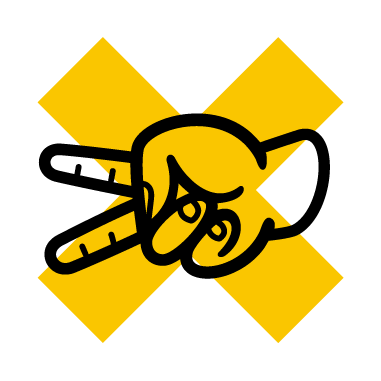






















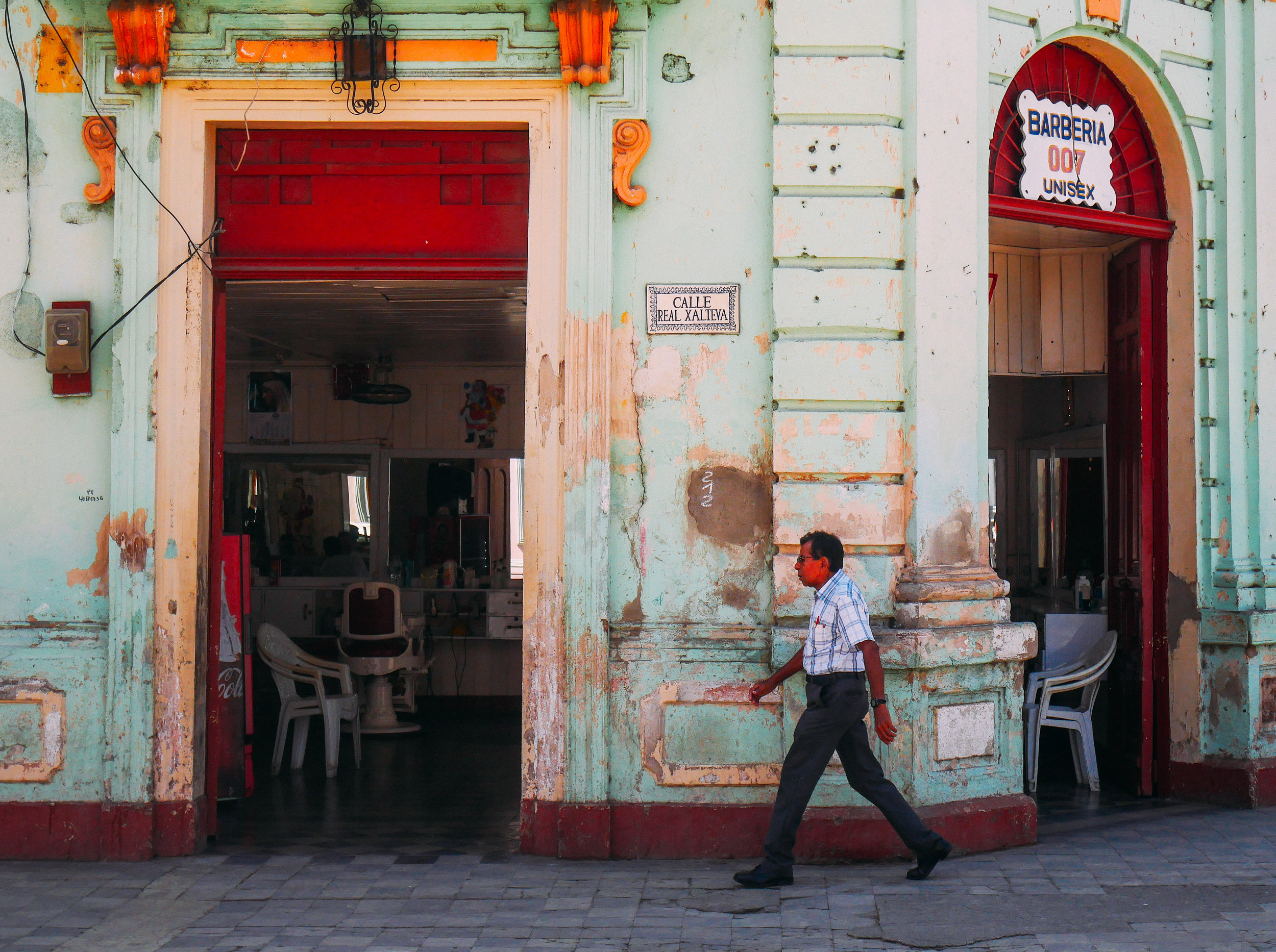













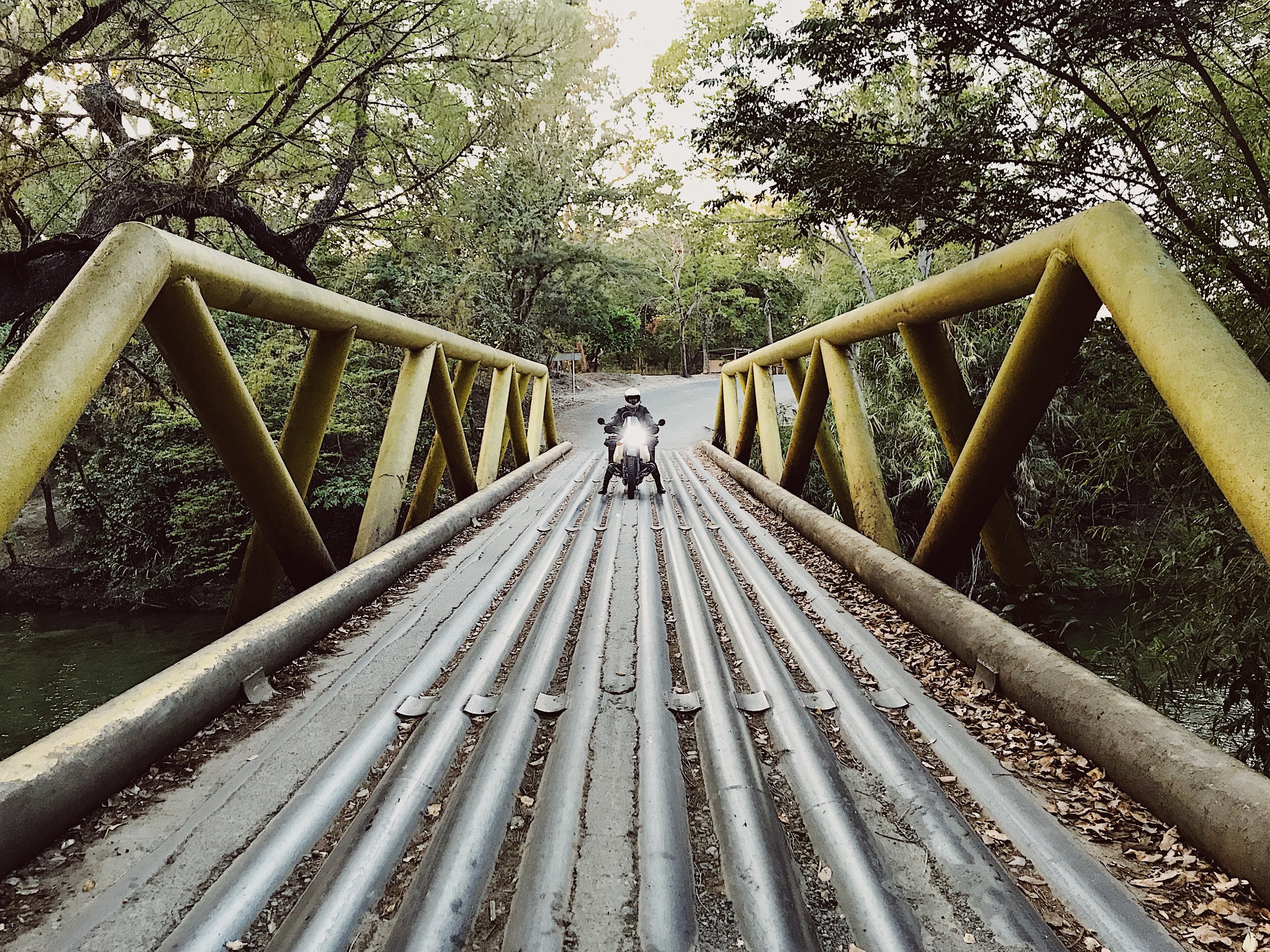


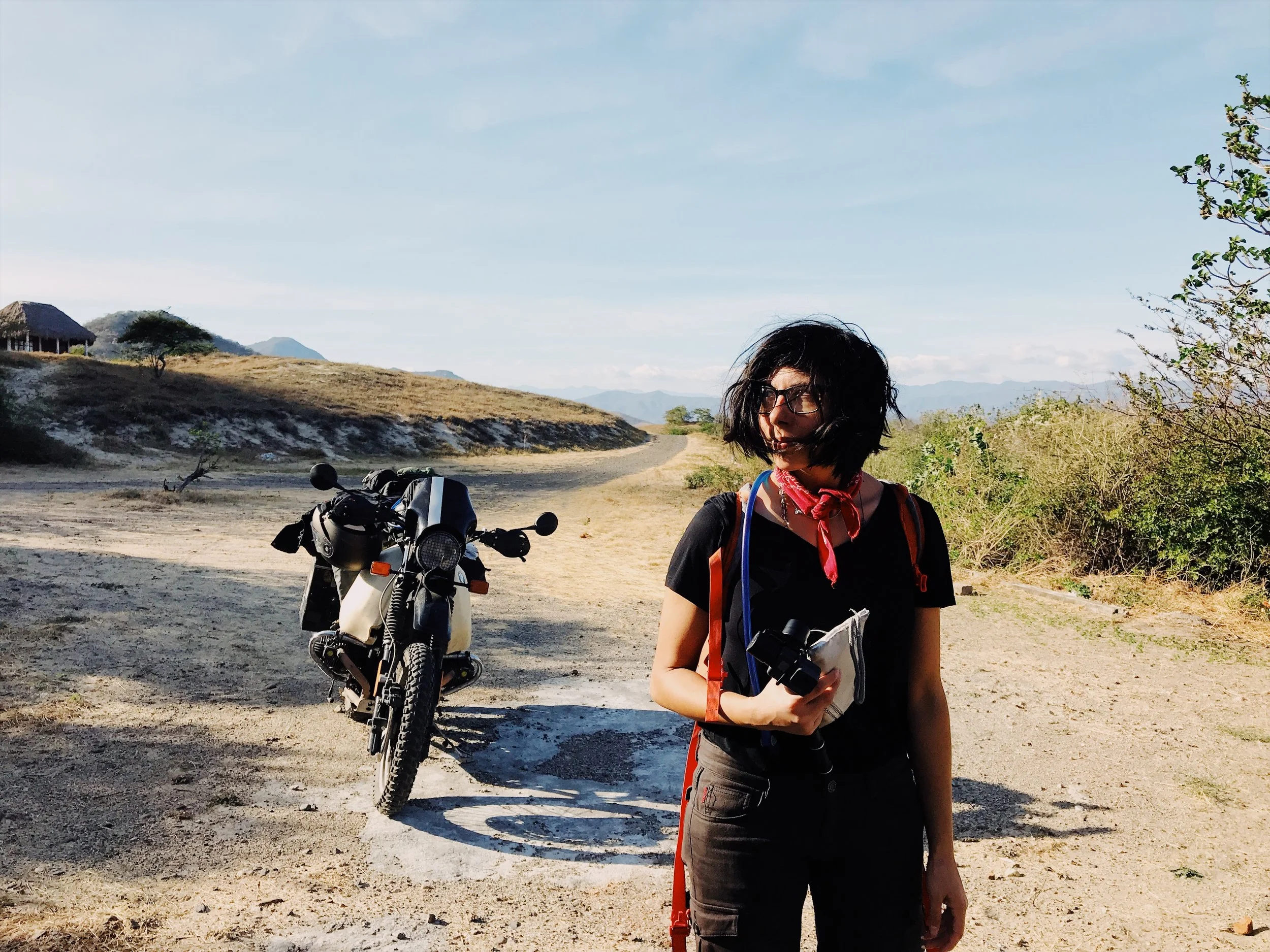








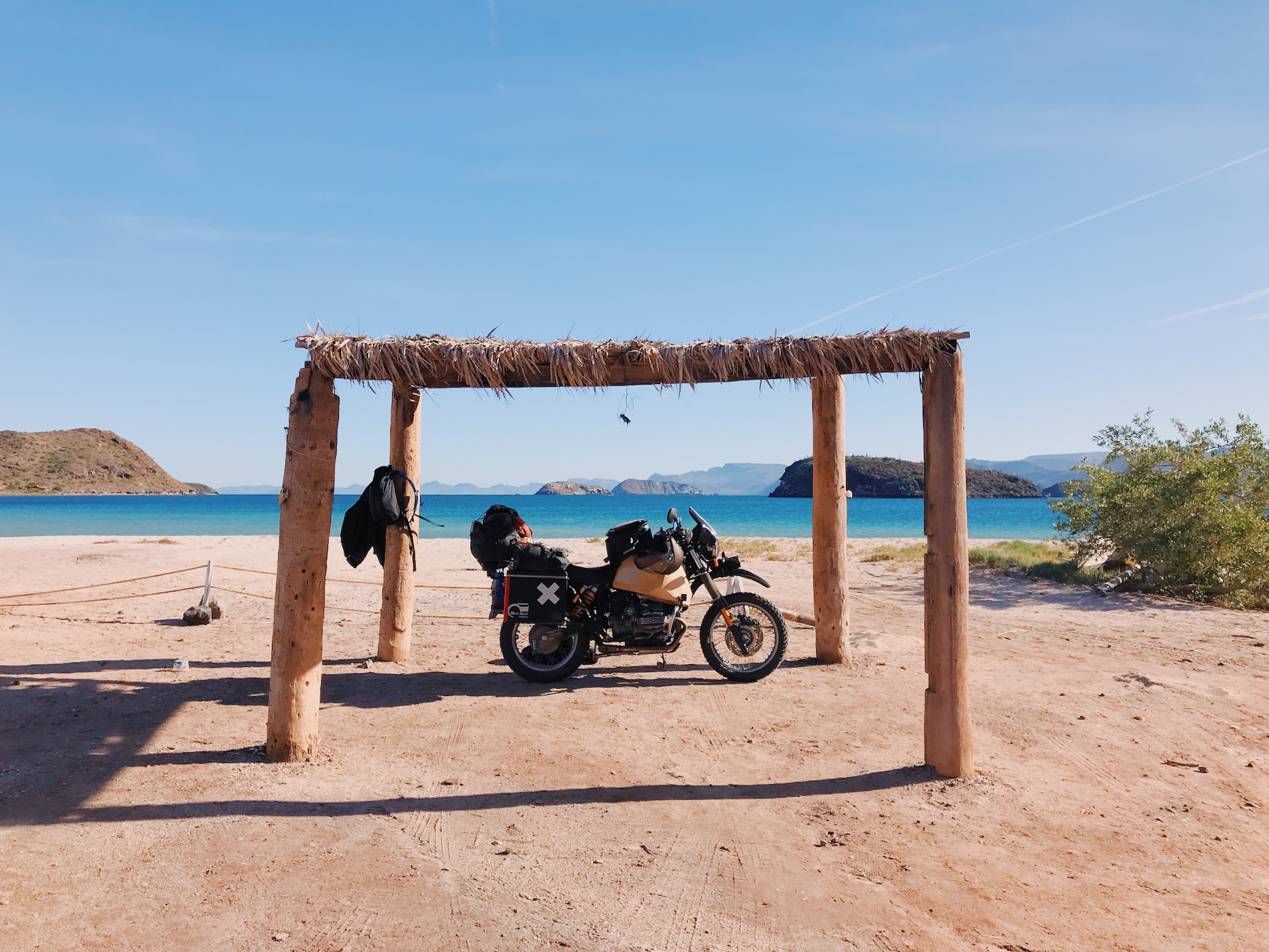



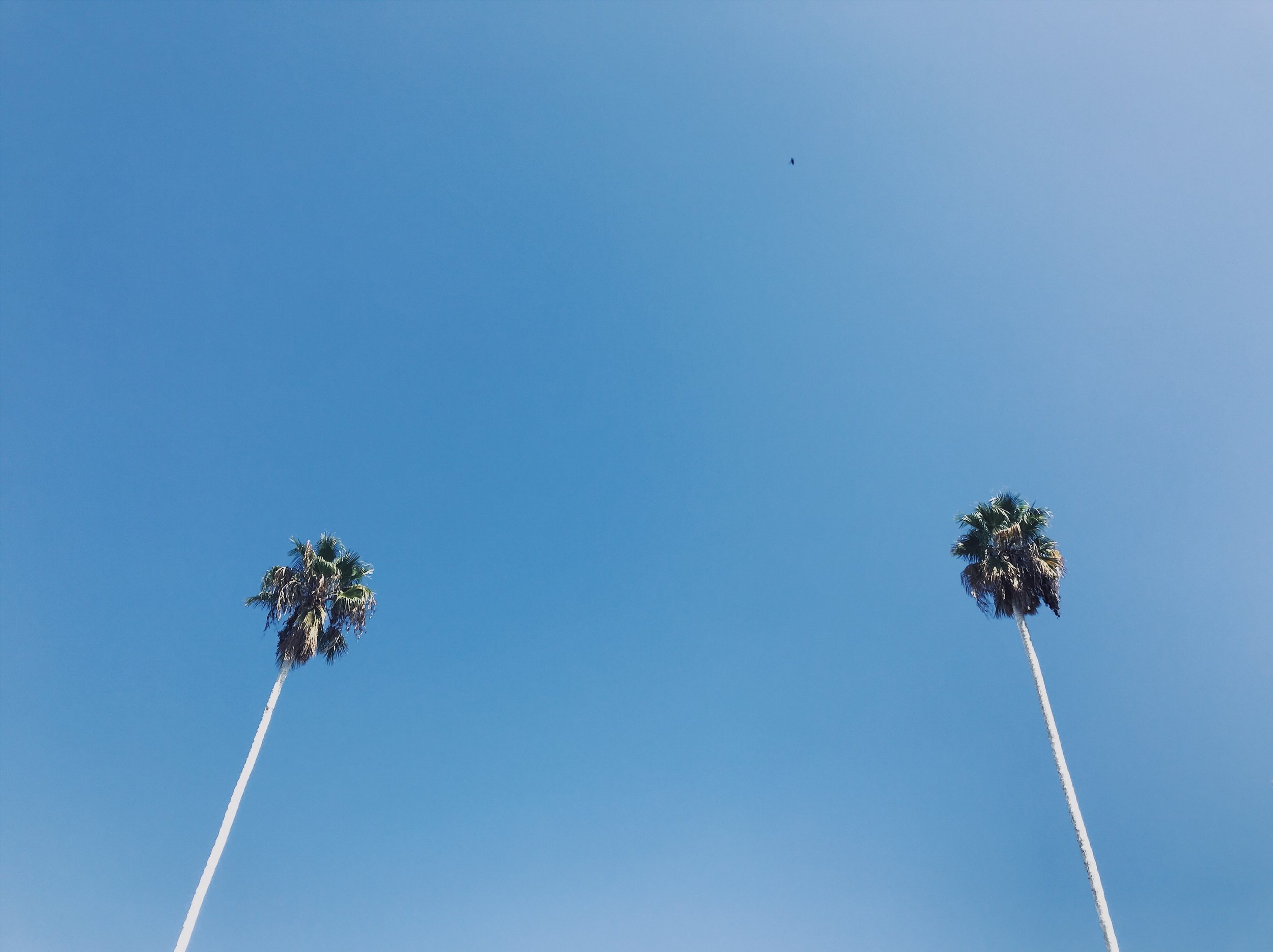
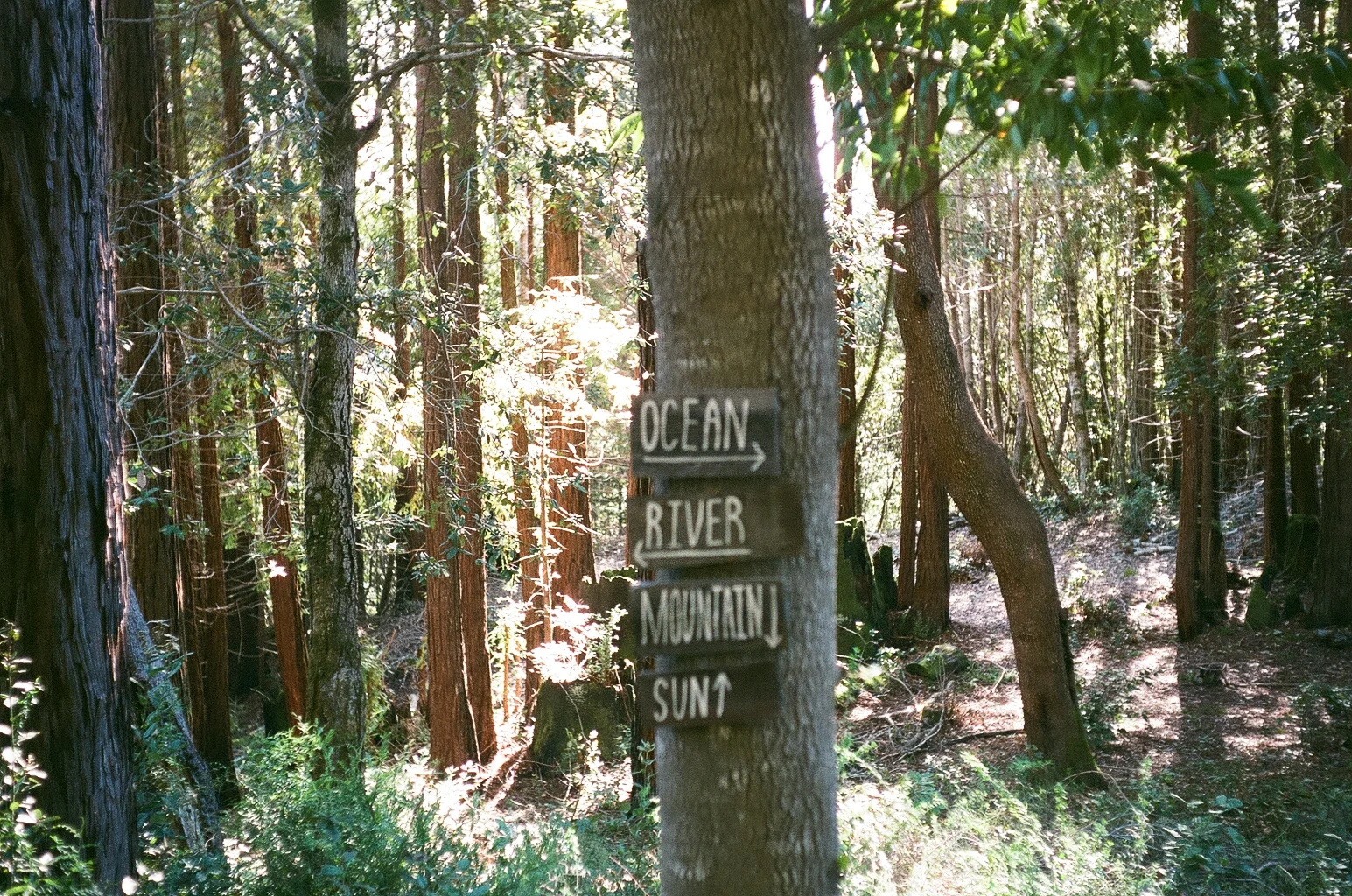


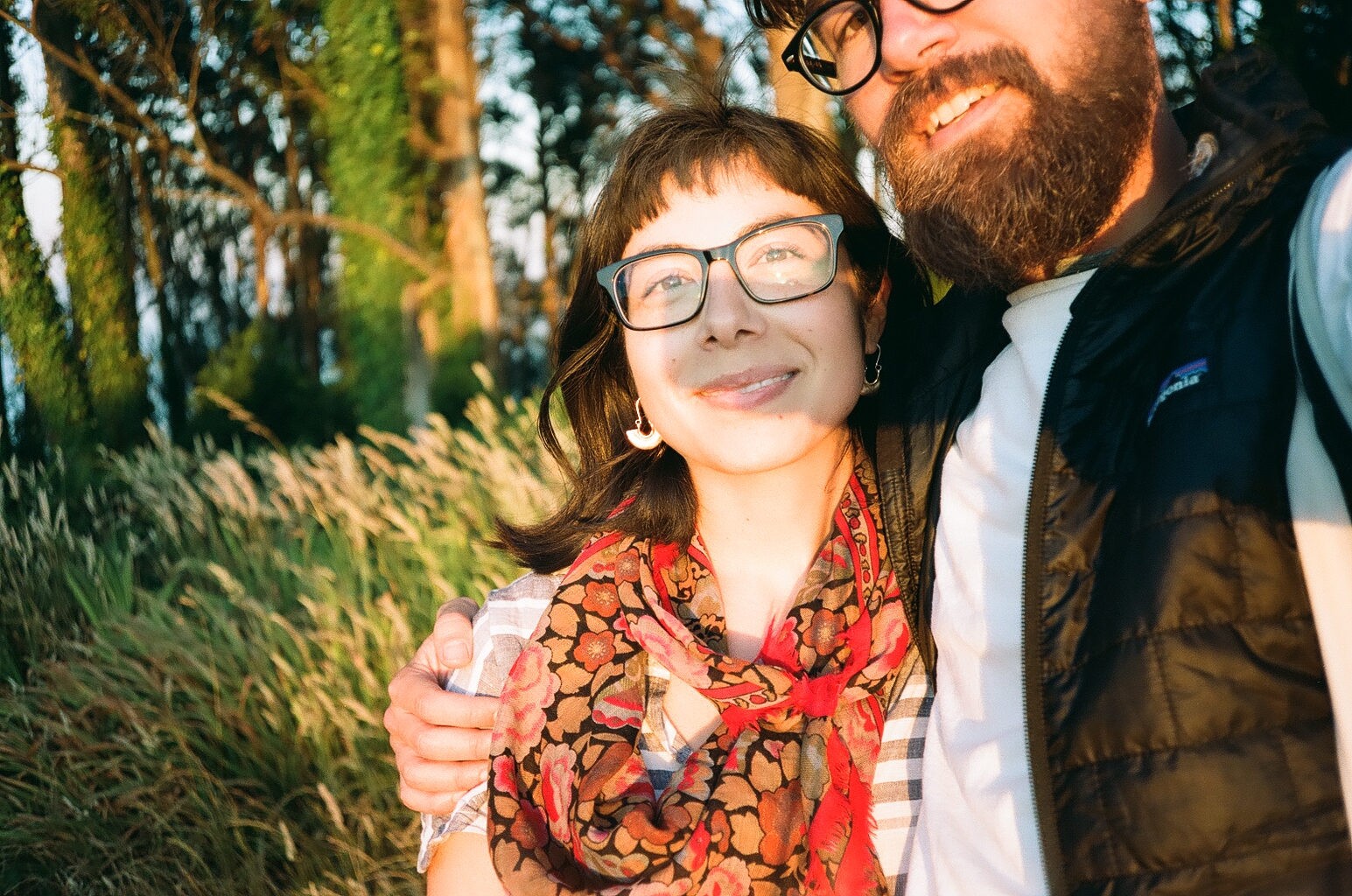
Of course, I am aware that I am not invincible, despite the armor that I religiously wear—garments emblazoned with strange words like “Kevlar”, “Goretex”, “CE Level 1 (or 2)”, and “DOT Certified”. Like charms or tinkling milagritos, they enveil me in a story of protection. This helps me, because I am not brave.